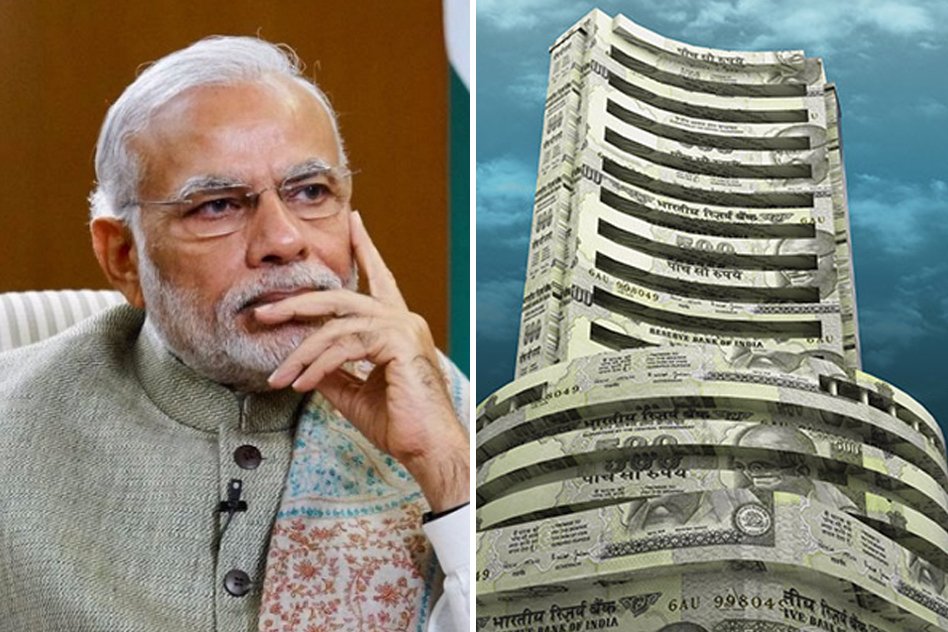
Image Courtesy: narendramodi, myinternationaladventure
Reality Check: India Is Portraying Its GDP At 7.9% But Figures Don't Match
2 Jun 2016 12:04 PM GMT
The Indian economy according to the numbers given by the government is growing at 7.6% and 7.9% in the last quarter. Going by the numbers India continues to be the fastest growing economy. However, the GDP numbers when dissected shows glaring anomalies. Two things which do not reflect the high growth numbers are:
1. The low growth rates across important sectors which contribute significantly to the GDP of India like agriculture and industrial growth.
2. The ‘discrepancies’ as a percentage of total GDP is alarmingly high. In the latest GDP numbers, discrepancies as a percentage of total GDP is 51% i.e if discrepancies are removed from the GDP the actual GDP would come down to 3.9 %.
1. The low growth rates across important sectors which contribute significantly to the GDP of India like agriculture and industrial growth.
2. The ‘discrepancies’ as a percentage of total GDP is alarmingly high. In the latest GDP numbers, discrepancies as a percentage of total GDP is 51% i.e if discrepancies are removed from the GDP the actual GDP would come down to 3.9 %.
So what are ‘discrepancies’?
GDP is calculated by two methods – a. Income method b. Expenditure method, ideally calculation by both methods should be the same, however, there are always some statistical differences amounting to 0.1 – 1 % and these numbers could be more in the case of developing country. Discrepancies even by a few percentage points is a red flag, to have discrepancies as 51% of GDP is beyond imagination and explanation.
Why doesn’t the numbers add up?
The service sector has always boosted India’s growth numbers and it is no different now, however, the high growth in the services sector is in the backdrop of moderate growth in the agricultural sector and industrial sector. There are three broad categories which contribute to GDP growth
Services sector – 57.9% (2014)
Agricultural sector – 17.9 % (2014)
Industry – 24.2% (2014)
The growth in these sectors largely determines the GDP growth, so let us look at the growth numbers for these sectors
Services sector – 8%
Agricultural sector – 1.2%
Industrial growth – 7.9 %
As the GDP numbers itself point out, 51% of the total GDP growth numbers is contributed by ‘discrepancies’.
Questions to ponder
As many notable economists and our incumbent RBI governor pointed out, the new calculation method is ‘fluffed’ and ‘faulty’. Is it time to re-evaluate the way GDP numbers are calculated?
If we are growing impressively as the GDP numbers suggest, why is there increase in taxation of petrol, service tax and other taxes? Given the fact that increasing taxes are markers for a sluggish economy than a bullish economy.
The Logical Indian appeals to the government to explain the unusual high percentages of discrepancies in the GDP data. We also appeal to the mainstream media to take this issue up, discuss and make people aware of what is right and what is wrong with our economy and the way we calculate it. As concerned citizens, we are just appealing to the government and media to throw light on this issue.
 All section
All section













